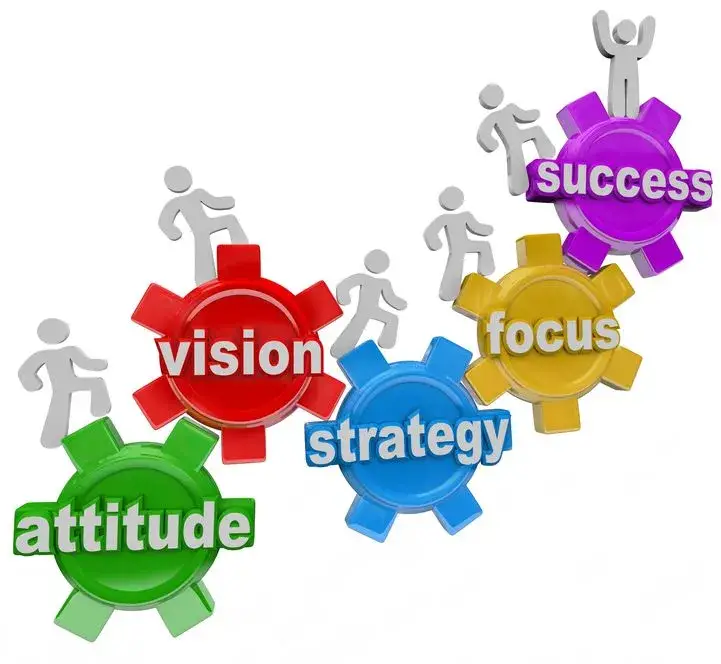
Softball Intrinsic Motivation
How do we get softball athletes to train during the off season. You may find it useful to know that softball intrinsic motivation is an important factor in this quest. If they have this motivation, it will contribute to participation in other activities that will improve their softball skills on their own during the off season. It will also effect their desire to take in and use all of the coaching and training that they get during the season at practices and games. So intrinsic motivation is where they love softball so much and just want to get better. Usually, this type of motivation makes every aspect of the game enjoyable.
The feeling of accomplishment does not only occur as a result of a great hit or improvement on technical or tactical skills. Softball players will also gain a sense of confidence by their interactions with team mates and coaching staff through the season. This is why it is so important for coaches to be aware of the team environment when together. If we can encourage a positive and productive social atmosphere, the confidence gained in their interactions with each other can then transfer into their game and practice activities. A player who feels accepted and valued on the team will have more psychological room to spend on the game.
Goal Setting
Allowing the players to set goals will make it more likely that they will want to accomplish them. By working with them to make them attainable, pressure can be minimized and they will feel more like bumps in the road rather than mountains that they must climb. With a concrete plan that is devised by the athlete, she will more likely feel like they are being achieved on her own terms. A player who is trying to improve her strength for example, might exercise at home if the gym is closed on a training day because she wants to and is not looking for a way out of the activity.
Extrinsic Motivation
In contrast, extrinsic motivation is when the player is trying to achieve something that they may not have any control over. This might be a trophy or a scholarship or some type of reward for good performance. To attain this goal, there are many factors that can play a part which the player has no control over such as of course, the opposition, the weather, officiating and field conditions.
By using extrinsic goals as a measuring stick, self esteem and confidence can be negatively affected if the goals not accomplished. Another unintended side effect is that players will often compare themselves to others on and off the team which can have a cumulative and lasting effects such as basing their self worth on this information.
The farther away in time the extrinsic goal is from the time of establishing the goal, the more difficult it will be to maintain the motivation in achieving it. This can contribute to less and less time being spent on participating in activities that contribute the the success of the goal. Back to the exercise example. If the only goal is to get a scholarship and she does not really enjoy softball, she might be looking for ways to skip those activities.
Intrinsic Motivation VS Extrinsic
A player who plays the game due to softball intrinsic motivation, (because they love the game) more than extrinsic motivation (because they want a reward), will often feel less pressure to perform because they want to play the game more than they want to achieve an extrinsic reward. Challenging herself while enjoying being on the team with her team mates is something that will often times keep players in the game for a longer term.
In addition, a team that is feeling connected, will be more supportive of each other and will strive for success of the team rather than only. You will find also that a intrinsically motivated team will ultimately finish the season in a better place than a team that has the stress of winning the big trophy. This is another example of where the process is the focus rather than the outcome.

